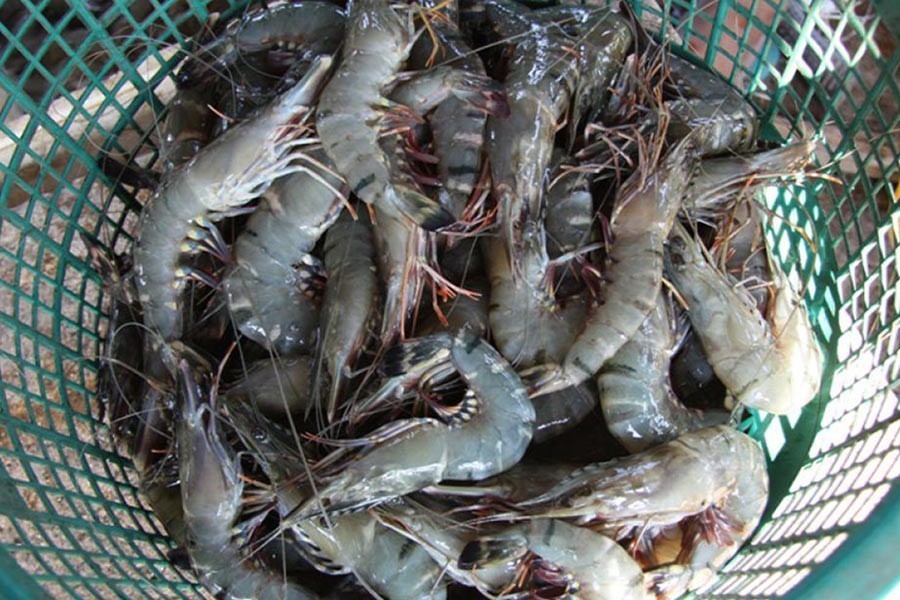
Published :
Updated :

Export of frozen food from the country, especially shrimp, has been experiencing a drastic slump for quite sometime. While the covid-19 is responsible for holding back export of many prospective products, the situation involving shrimps had been worsening for years in the pre-pandemic times. Orders for the prime variety of shrimps had been registering a steady fall for years due mainly to declining demand from the key markets of Europe and the US --- destinations of 80 per cent of Bangladesh's shrimp export. Since the onset of the pandemic up until now, there has been apparently no sign for exports making a comeback. As a result, frozen food - comprising mainly shrimp - once the third major export item of Bangladesh next to RMG, jute and jute goods, has now dropped to seventh position. Export is believed to have been hit by undiversified product range that adversely affected marketing. According to industry insiders, Bangladeshi shrimp, recognised as a delicacy as well as a high priced kitchen item overseas, is struggling to retain its market share amid uneven competition with low priced varieties from other sources.
One of the reasons for not being competitive is attributed to the low price of a shrimp variety called Vannamei (or whiteleg shrimp) -- a disease tolerant and high-yielding variety which gives a yield of 10-15 tonnes per hectare, as against a paltry 300-400 kgs from traditional cultivation in Bangladesh. The Vannamei variety, because of high yield and low cost of production, has already gained wide popularity capturing 77 per cent of global demand, according to reports. However, this variety is not officially approved for cultivation in the country, presumably because of its low quality compared to the better and high priced varieties cultivated and exported from Bangladesh. However, it has been reported that most shrimp producing countries in Asia have been cultivating Vannamei for export from the late eighties. Since it is a policy decision not to allow cultivation of this variety, the authorities may like to revisit the issue -- given the need of the time. Needless to say, it is the consumers' choice that dictates the markets.
Industry people have urged the government to promote diversified shrimp culture in the country for the sake of the sector's smooth survival in the highly competitive global market. There are 105 frozen food processing factories in the country with an annual production capacity of 0.4 million tonnes, but the current production capacity of the factories is only about 10-15 per cent -- speakers told at an event in the city last week. They also asked for cash incentive, low-interest loan, easy export procedures, and introduction of shrimp insurance like in the agriculture sector in order to help the sector ride out the crisis. Meanwhile, it has been learnt that the Export Promotion Bureau (EPB) has recommended to the government for a raise in cash incentive to 20 per cent from the existing 15 per cent.
Clearly, export of shrimps is fraught with serious difficulties. Raising cash incentive may be a temporary respite, but to ensure competitiveness in overseas markets, diversification appears to be the only credible remedy.


 For all latest news, follow The Financial Express Google News channel.
For all latest news, follow The Financial Express Google News channel.